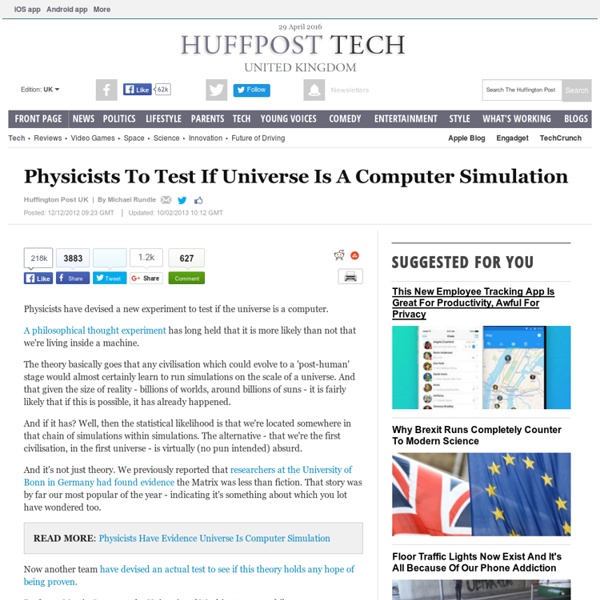Physicists To Test If Universe Is A Computer Simulation

Related:
Related:



